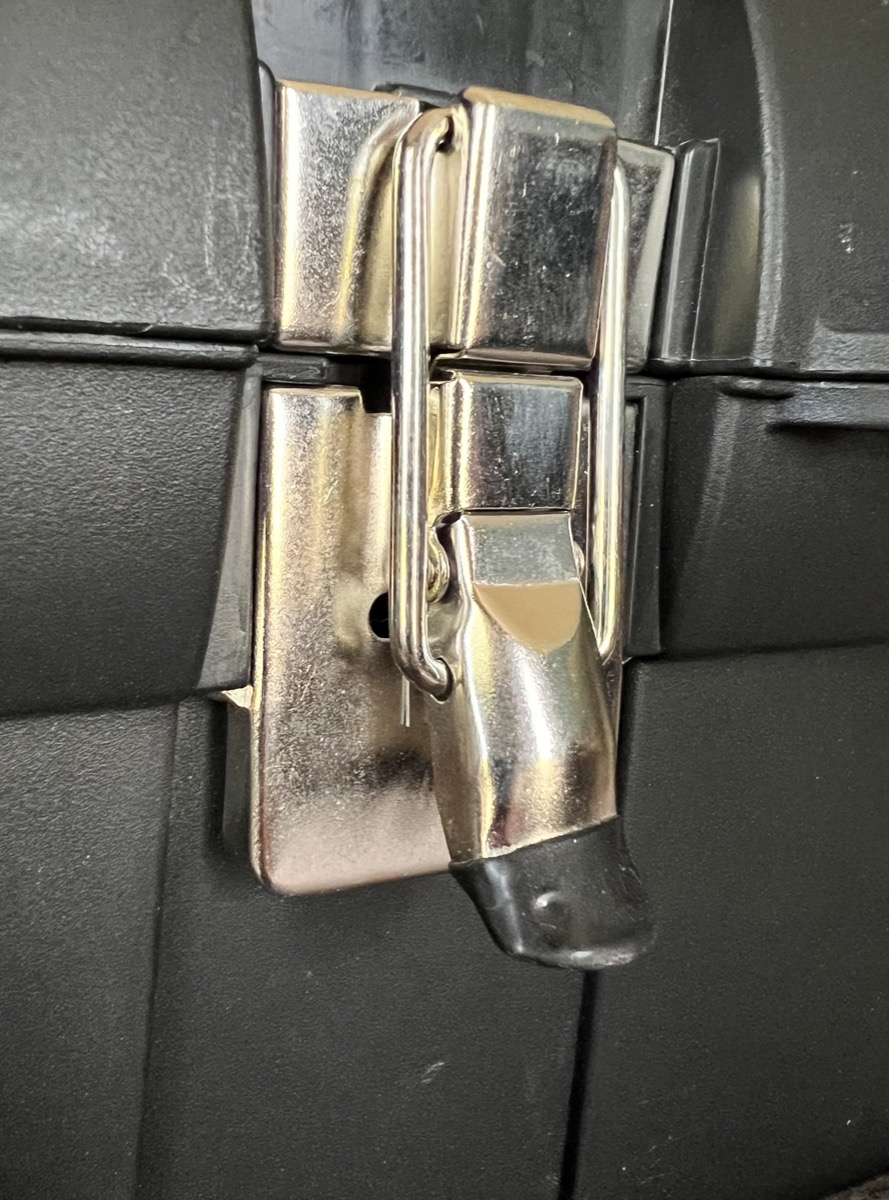The Origin of the Shell
CTSS was developed during 1963 and 64. I was at MIT on the computer center staff at that time. After having written dozens of commands for CTSS, I reached the stage where I felt that commands should be usable as building blocks for writing more commands, just like subroutine libraries. Hence, I wrote "RUNCOM", a sort of shell driving the execution of command scripts, with argument substitution. The tool became instantly most popular, as it became possible to go home in the evening while leaving behind long runcoms executing overnight. It was quite neat for boring and repetitive tasks such as renaming, moving, updating, compiling, etc. whole directories of files for system and application maintenance and monitoring.
In the same vein, I also felt that commands should be usable as library subroutines, or vice versa. This stemmed from my practice (unique at the time) of writing CTSS commands in MAD (Michigan Algorithm Decoder), a simplified Algol-like language. It was much faster and the code was more maintainable than the IBM 7094 assembly code. Since I needed MAD friendly subroutine calls to access CTSS primitives, I wrote in assembly code a battery of interface subroutines, which very often mimicked CTSS basic command functions. Or I wanted to make commands out of subroutines which handled common chores. I felt it was an awkward duplication of effort. However, I did not go further in the context of CTSS.
Then in 64 came the Multics design time, in which I was not much involved, because I had made it clear I wanted to return to France in mid 65. However, this idea of using commands somehow like a programming language was still in the back of my mind. Christopher Strachey, a British scientist, had visited MIT about that time, and his macro-generator design appeared to me a very solid base for a command language, in particular the techniques for quoting and passing arguments. Without being invited on the subject, I wrote a paper explaining how the Multics command language could be designed with this objective. And I coined the word "shell" to name it. It must have been at the end of 64 or beginning of 65. (See The SHELL: A Global Tool for Calling and Chaining Procedures in the System and RUNCOM: A Macro-Procedure Processor for the 636 System )



















